Backpack Exchange Fee Calculator
Trading Fee Estimator
Estimate your potential trading costs on Backpack Exchange based on your trading volume and fee tier.
Fee Comparison Table
Compare Backpack Exchange fees with industry leaders.
| Feature | Backpack Exchange | OKX | Kraken |
|---|---|---|---|
| Maker Fee | 0.085% | 0.10% | 0.16% |
| Taker Fee | 0.095% | 0.15% | 0.26% |
| Stablecoin Pair Fees | Zero Fees | Standard Fees | Standard Fees |
| Interest-Bearing Perpetuals | Yes | No | No |
| Integrated Wallet | Self-Custodial | External Only | External Only |
| NFT Community | Mad Lads xNFT | None | None |
| Security Score (Traders Union) | 6.75/10 | 8.2/10 | 8.5/10 |
Estimated Monthly Trading Costs
Enter your trading volume and select a fee tier to see estimated costs.
Backpack Exchange is a fully regulated, centralized crypto exchange built on the Solana blockchain that combines trading, a self‑custodial wallet and an xNFT community. It launched in 2022 after the success of the Backpack Wallet, and the platform now claims over $60billion in trading volume in its first year. If you’re wondering whether this newcomer lives up to the hype, this review breaks down the key points you need to decide if it’s right for you.
Quick Takeaways
- Maker/taker fees are 0.085% / 0.095%, with zero fees on stable‑coin pairs and a 10% fee discount for new users.
- Unique features include interest‑bearing perpetual contracts and a built‑in Solana‑native wallet.
- Regulation is limited to Dubai; no Tier‑1 licenses in the US, EU or Australia.
- Security score from Traders Union is moderate (6.75/10) but no hacks have been reported.
- Strong user engagement: 509k organic visits per month, 8min 30sec average session.
Platform Overview
Backpack Exchange’s core promise is a seamless web3 experience. The platform merges a high‑speed Solana‑based exchange, a self‑custodial wallet that supports multiple blockchains, and the Mad Lads NFT community, which is the leading NFT group on Solana. This integration aims to keep traders, stakers and NFT fans in one interface.
Founded by Armani Ferrante, a Solana developer, the exchange received a $20million seed round in September2022, co‑led by FTX and Jump Crypto. While the FTX connection raised eyebrows after the 2022 collapse, the capital helped build the wallet‑first infrastructure that powers today’s exchange.
Key Technical Features
Backpack’s tech stack is heavily Solana‑centric, giving it sub‑second order execution and low transaction fees. Below are the headline features that set it apart:
- Interest‑bearing perpetual contracts: Traders can hold leveraged positions and earn yield automatically, without needing to close the contract.
- Cross‑collateral & sub‑account system: Users can allocate assets across multiple sub‑accounts, making portfolio segregation simple.
- Lending & staking: Non‑custodial lending covers SOL, USDC, BTC and ETH (U.S. users excluded). Native SOL staking is available with competitive yields.
- xNFT integration: Owning a Mad Lads NFT unlocks exclusive community perks and occasional airdrops directly in the app.
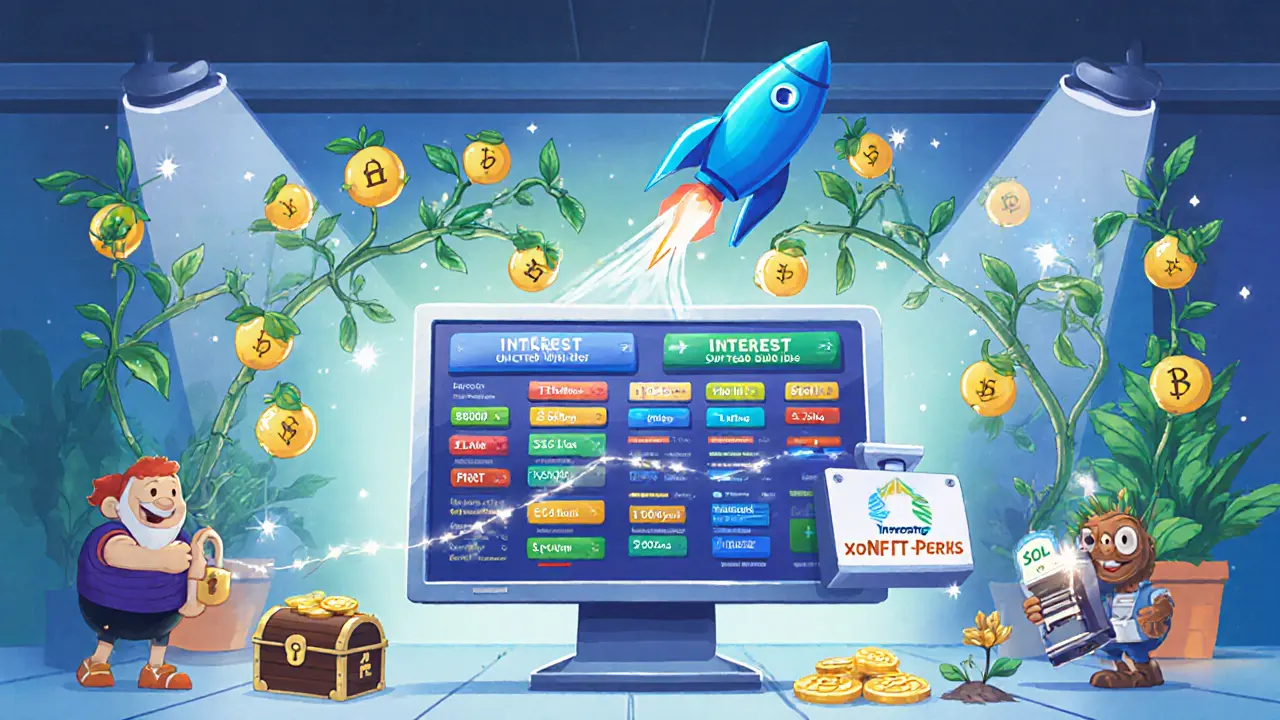
Fee Structure & Cost Analysis
Fees are a major decision factor for traders. Backpack’s maker‑taker model is fairly competitive:
- Maker fee: 0.085%
- Taker fee: 0.095%
- Zero fees on USDT/USDC pairs - a sweet spot for stablecoin arbitrage.
- New‑user promo: 10% discount on trading fees for the first 30days.
Regulation & Security
Backpack claims to be "government‑regulated" in Dubai, but it lacks Tier‑1 licensing in major jurisdictions such as the United States, United Kingdom, Germany, Australia or Singapore. This regulatory gap is reflected in mixed security scores:
- Traders Union rating: 6.75/10 (moderate security).
- No investor protection fund - a common feature on fully regulated exchanges.
- Security measures: cold‑wallet storage for the bulk of assets, two‑factor authentication (2FA) via SMS or authenticator apps. Facial recognition is not offered.
- Historical record: zero successful hacks to date.
For risk‑averse users, the lack of a protective fund means any loss due to a future breach would be uninsured.
User Experience & Performance Metrics
Backpack’s UI is designed for both novices and power traders. Key usage stats (as of Oct2025) illustrate strong engagement:
- 509,349 organic monthly visits.
- Average session length: 8minutes30seconds.
- Pages per session: 6.14.
- Bounce rate: 32% (lower than many newer exchanges).
- Organic traffic rank: 145th out of 612 crypto exchanges.
Customer sentiment is split. One community rating platform gave Backpack a 9.5/10, while Traders Union gave an overall risk score of 2.12/10, labeling it "high‑risk." The discrepancy stems mainly from the regulatory discussion.
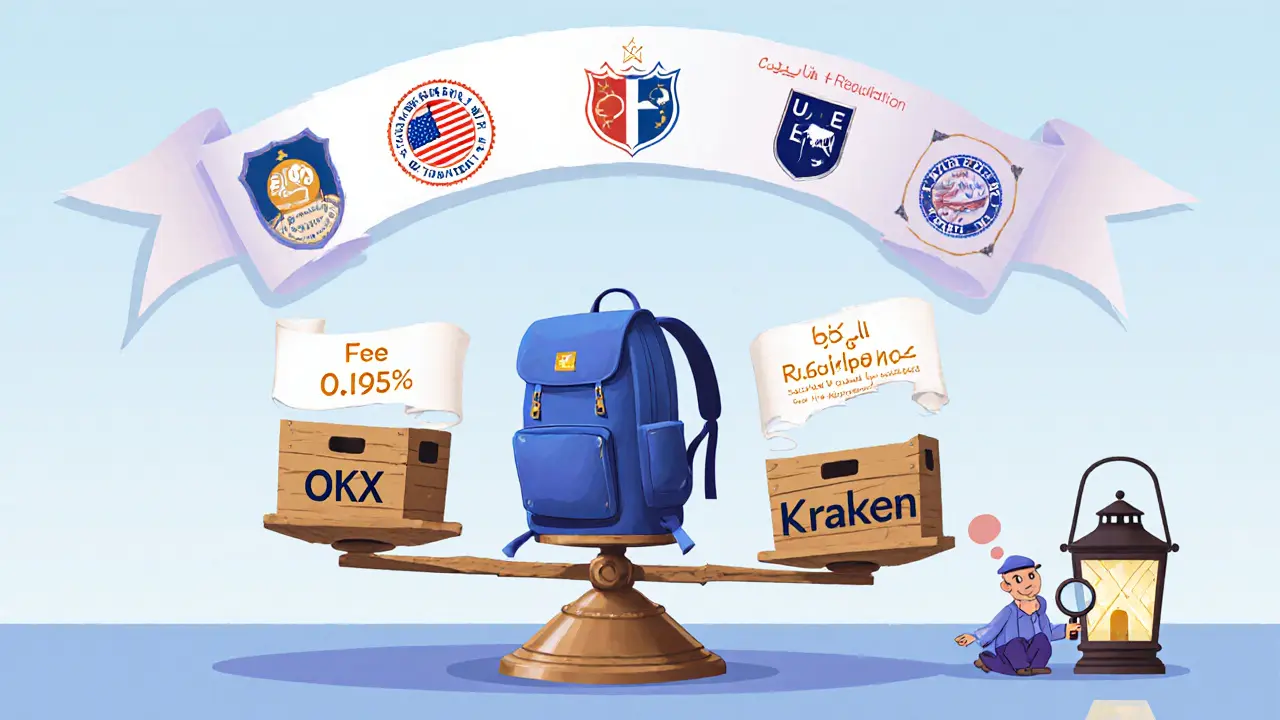
How Backpack Stacks Up Against the Big Guys
| Feature | Backpack Exchange | OKX | Kraken |
|---|---|---|---|
| Regulation | Dubai‑based licence (no Tier‑1) | Multiple Tier‑1 (US, EU, Japan) | Tier‑1 (US, EU, UK) |
| Maker/Taker Fees | 0.085% / 0.095% | 0.10% / 0.15% | 0.16% / 0.26% |
| Zero‑Fee Stablecoin Pairs | Yes (USDT/USDC) | No | No |
| Interest‑Bearing Perpetuals | Yes (unique) | No | No |
| Integrated Wallet | Self‑custodial, multi‑chain | External only | External only |
| NFT Community | Mad Lads xNFT integration | None | None |
| Security Score (Traders Union) | 6.75 / 10 | 8.2 / 10 | 8.5 / 10 |
Backpack shines in fee competitiveness and innovation, but it lags behind on regulation and the depth of security guarantees that established players provide.
Pros & Cons Summary
- Pros
- Low maker/taker fees and zero‑fee stablecoin pairs.
- Interest‑bearing perpetuals - a feature rarely seen on centralized platforms.
- Integrated Solana wallet reduces the need for third‑party apps.
- Active NFT community adds extra utility for collectors.
- Fast transaction speed thanks to Solana’s architecture.
- Cons
- Regulatory coverage limited to Dubai; no Tier‑1 licenses.
- Investor protection fund missing - higher risk in worst‑case breach.
- Lending services unavailable for U.S. residents.
- Security score solid but not elite; facial‑recognition login absent.
- Heavy reliance on Solana’s ecosystem - if Solana faces network issues, the exchange may suffer.
Bottom Line: Who Should Consider Backpack?
If you’re a trader who values low fees, fast execution, and want to dabble in Solana NFTs, Backpack offers a compelling package. The built‑in wallet and interest‑bearing contracts are especially attractive for users who want an all‑in‑one web3 hub.
However, if you live in a jurisdiction that mandates Tier‑1 regulation (US, EU, Australia) or you prioritize a government‑backed protection fund, you may feel safer on an exchange like OKX or Kraken.
In short, treat Backpack as a high‑potential, medium‑risk platform - great for tech‑savvy traders comfortable with the Solana ecosystem, but not the first stop for risk‑averse investors.
Frequently Asked Questions
Is Backpack Exchange regulated?
Backpack holds a licence from Dubai but does not have Tier‑1 regulatory approval in the US, EU, Australia or Singapore. This means it meets some local requirements but lacks the broad oversight that major exchanges carry.
What are the trading fees compared to other exchanges?
Backpack charges 0.085% maker and 0.095% taker fees, with zero fees on USDT/USDC pairs. By contrast, OKX and Kraken charge higher taker fees (0.15%‑0.26%) and do not offer zero‑fee stablecoin pairs.
Can I stake or earn interest on Backpack?
Yes. Backpack supports native SOL staking and a non‑custodial lending protocol for SOL, USDC, BTC and ETH (U.S. users excluded). Interest rates are modest - 0.03% on BTC and 0.04% on ETH - but they compound daily.
What security features protect my funds?
Backpack stores the majority of assets in cold wallets, requires two‑factor authentication for login, and has never suffered a successful hack. It does not offer facial‑recognition login or an investor protection fund.
Is Backpack suitable for U.S. residents?
The platform blocks U.S. residents from using its lending services, and the lack of a U.S. licence makes it a gray‑area for many traders. If you need full compliance with U.S. regulations, consider a different exchange.
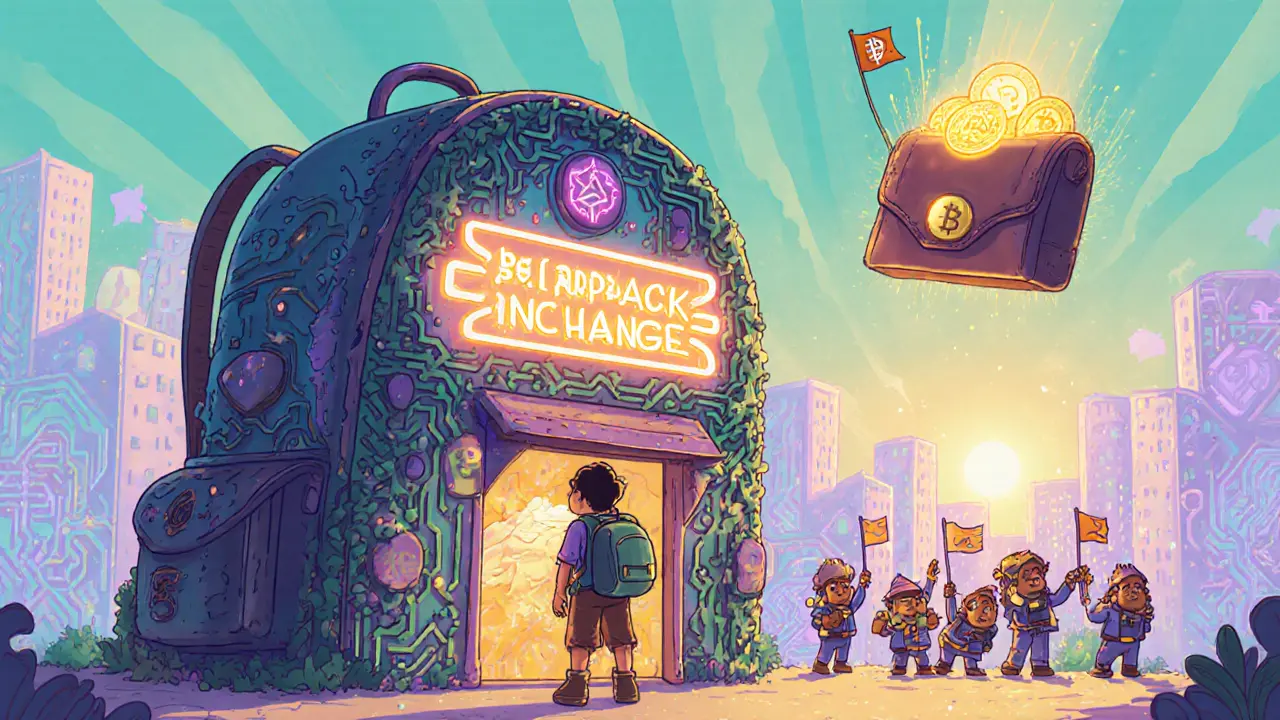
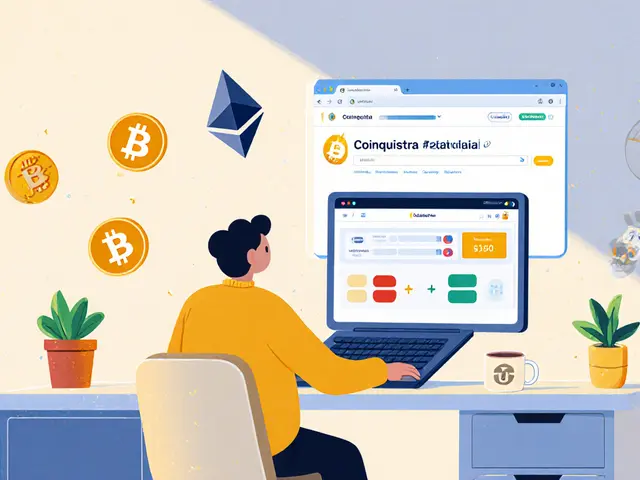
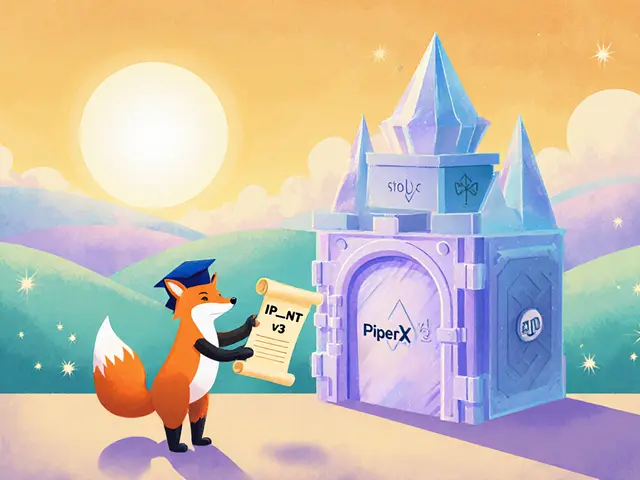
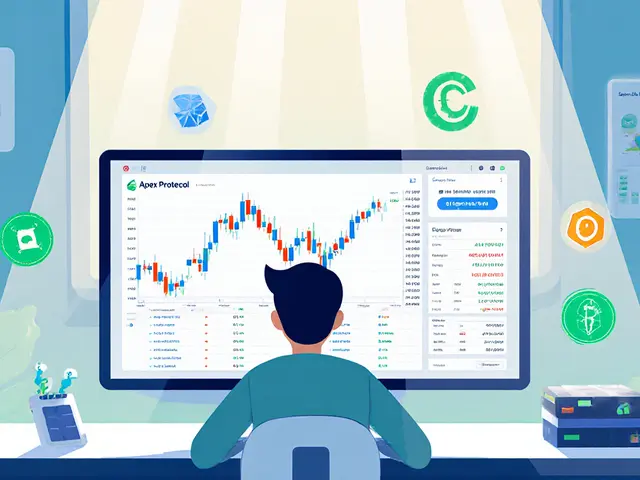
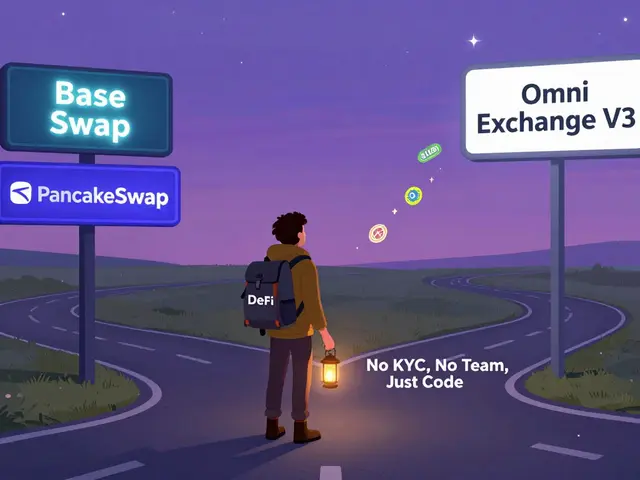
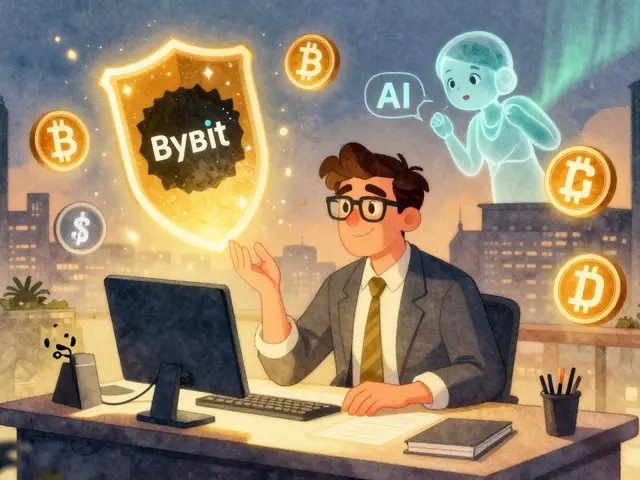


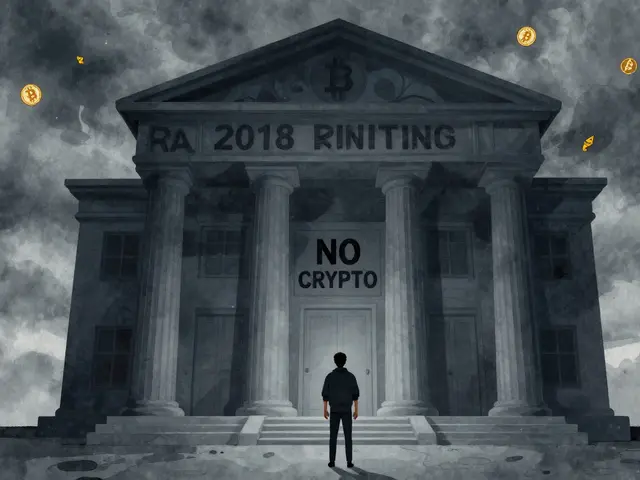
Manish Gupta
October 10, 2025 AT 02:19Abby Gonzales Hoffman
October 10, 2025 AT 10:27olufunmi ajibade
October 10, 2025 AT 22:55Natasha Nelson
October 11, 2025 AT 12:42Cyndy Mcquiston
October 12, 2025 AT 07:37Rohit Sreenath
October 12, 2025 AT 16:35Sam Kessler
October 13, 2025 AT 05:02Rampraveen Rani
October 14, 2025 AT 01:09ashish ramani
October 15, 2025 AT 00:02Steve Roberts
October 15, 2025 AT 06:42John Dixon
October 15, 2025 AT 17:24Brody Dixon
October 15, 2025 AT 17:35Mike Kimberly
October 15, 2025 AT 18:20angela sastre
October 16, 2025 AT 04:32Richard Williams
October 17, 2025 AT 01:30Patrick Rocillo
October 17, 2025 AT 13:31Sarah Hannay
October 18, 2025 AT 11:28Gabrielle Loeser
October 19, 2025 AT 04:11